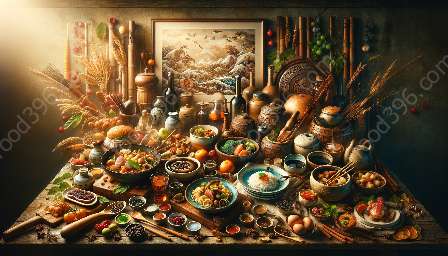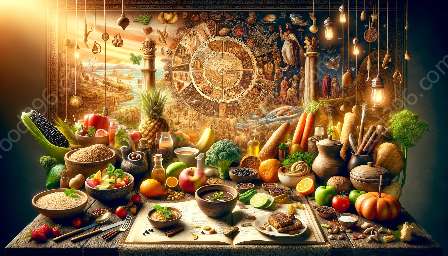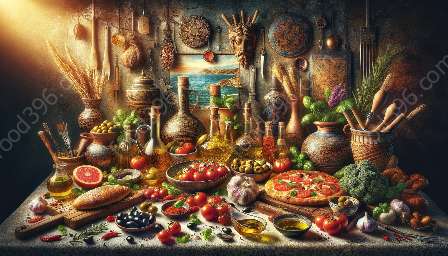Fusion cuisine, a captivating blend of diverse culinary traditions, has a rich history that intertwines cultures and flavors seamlessly. This culinary phenomenon has its roots in the historic exchange of food and ingredients brought about by intercultural interactions. From the ancient Silk Road to modern urban metropolises, fusion cuisine has continually evolved, creating new and exciting gastronomic experiences.
The Origins of Fusion Cuisine
The concept of fusion cuisine dates back to ancient times when various cultures began encountering each other through trade, conquest, and exploration. This led to the exchange of foodstuffs and culinary techniques, giving rise to hybrid dishes that integrated elements from different traditions. The Silk Road, for instance, was a crucial route for the exchange of spices, herbs, and cooking methods between the East and the West, laying the foundation for early fusion cuisine.
Early Fusion Influences
One of the earliest recorded instances of fusion cuisine can be traced to the Mediterranean region, where the convergence of the Greek, Roman, and Middle Eastern cultures resulted in the blending of flavors and cooking styles. Dishes like dolma, a staple of Mediterranean cuisine, reflect the amalgamation of ingredients and techniques from various culinary heritages.
The Fusion of Culinary Traditions
During the Age of Exploration, the fusion of culinary traditions reached new heights as European explorers encountered indigenous cuisines in the Americas, Asia, and Africa. This encounter led to the cross-pollination of ingredients such as tomatoes, potatoes, and chili peppers, which were subsequently introduced to global cuisines, transforming traditional dishes into fusion creations.
Fusion Cuisine in Modern Times
The dawn of globalization and technological advancements in transportation and communication has accelerated the spread and evolution of fusion cuisine. Urban centers like New York, London, and Tokyo have become epicenters of fusion experimentation, where chefs integrate diverse culinary elements to create innovative and groundbreaking dishes that transcend cultural boundaries.
Fusion as a Culinary Movement
Contemporary fusion cuisine has transcended mere culinary experimentation to become a celebrated movement that embraces diversity and cultural exchange. The fusion of Asian and Latin American cuisines, for example, has given rise to dynamic and vibrant dishes that capture the spirit of cross-cultural collaboration.
The Impact of Fusion Cuisine
Fusion cuisine has significantly broadened the culinary landscape, leading to a proliferation of international flavors and culinary fusions. It has also influenced traditional cooking techniques, leading to the creation of contemporary classics that integrate global ingredients and approaches.
Embracing the Fusion of Flavors
As the appreciation for fusion cuisine continues to grow, diners are afforded the opportunity to savor dishes that celebrate the harmonious mingling of diverse culinary traditions. From sushi burritos to kimchi tacos, fusion cuisine offers an exciting and evolving palate of flavors that invites exploration and experimentation.
Championing Culinary Diversity
Each fusion dish is a testament to the interconnectedness of cultures and the unyielding creativity of chefs willing to push the boundaries of traditional culinary norms. Embracing fusion cuisine not only allows for the enjoyment of new taste experiences but also serves as a celebratory nod to the shared human experience through the language of food.




















